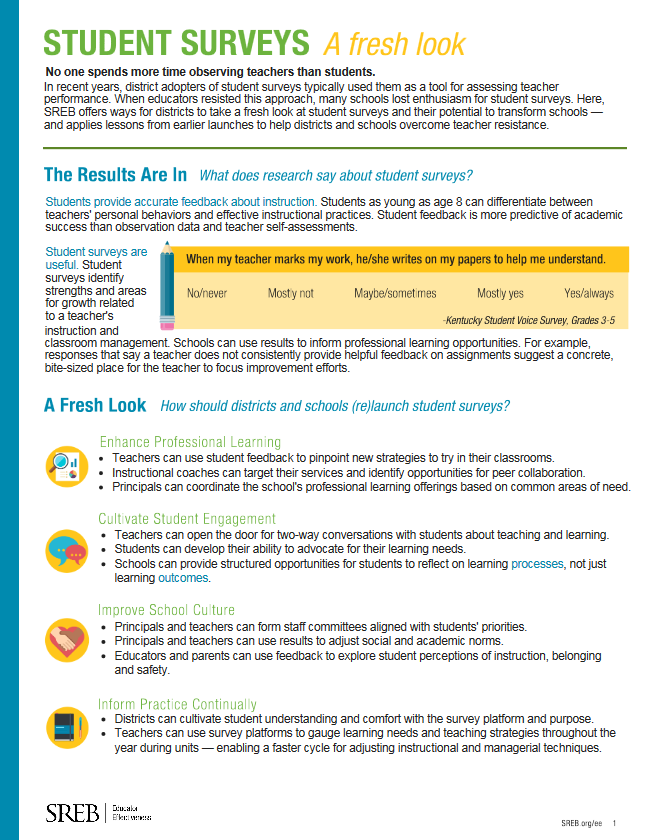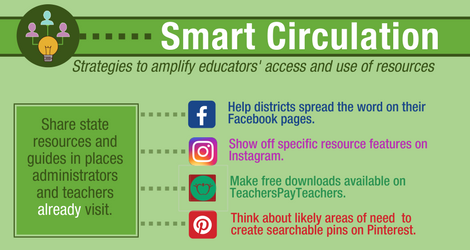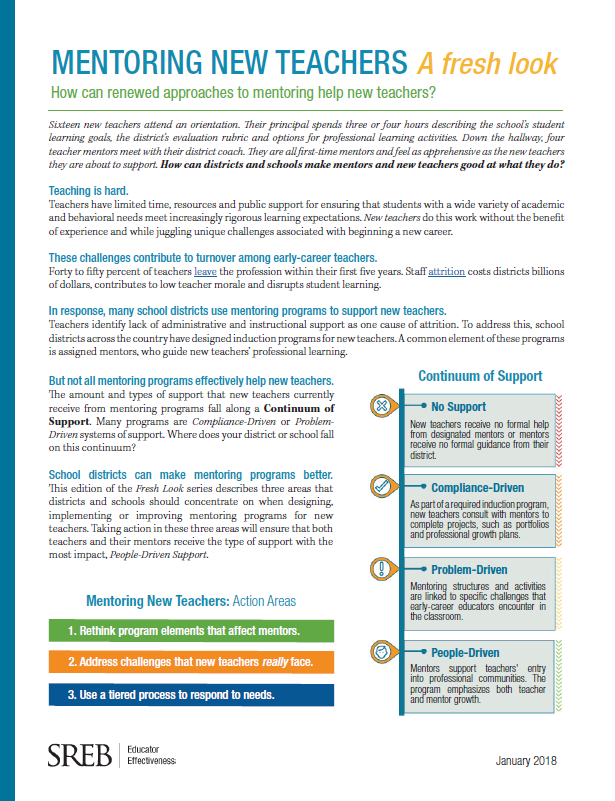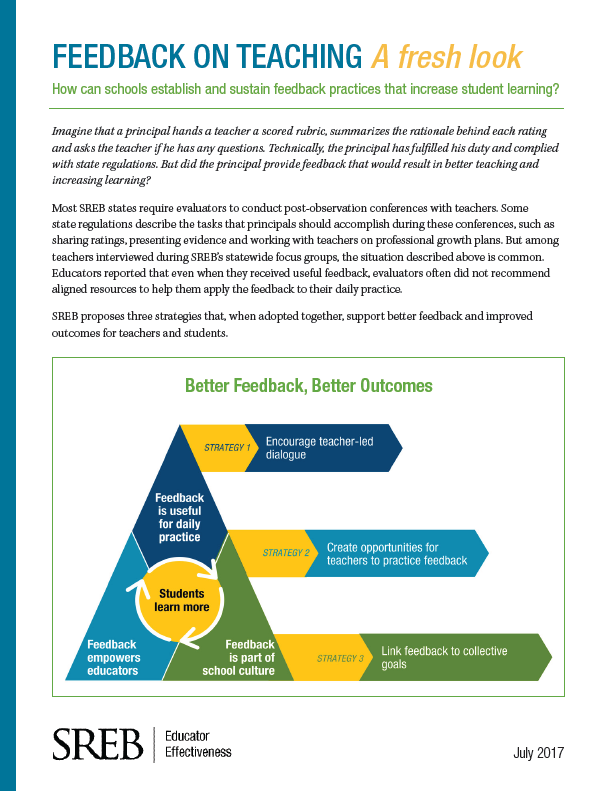Student Surveys: A Fresh Look
A guide for states and districts interested in developing educator support for new approaches to student surveys
Using lessons learned from earlier launches of student surveys, SREB takes a fresh look at four main uses and highlights considerations for each stage of implementation. This edition of the Fresh Look Series also analyzes three types of educator resistance and strategies for developing buy-in among teachers.
Click the tabs below to explore more about implementing student surveys.
FOR STATES 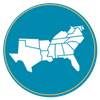
DEVELOP IMPLEMENTATION GUIDELINES
State education agency leaders may feel uncomfortable adopting or endorsing a specific survey platform. Nevertheless, states should develop guidebooks on the planning and implementation of student surveys to help districts and administrators effectively select and use their platform of choice.
SHARE CONCRETE RESOURCES
States should share ideas, procedures and templates with principals, instructional coaches and teachers. This will improve peoples’ understanding and comfort-level with the practical applications of student feedback reports on school culture and individual professional growth.
SPOTLIGHT ON COLORADO
The Colorado Education Initiative developed numerous concrete resources and bundled them into toolkits for researchers, teachers, instructional coaches, school administrators and district leaders. Examples of concrete resources they shared include:
- a guide to using results to improve school culture
- a guide to conducting coaching conversations about survey results
- a teacher self-reflection form
- correlated instructional strategy guides for grades 3-5 and 6-12
FOR DISTRICTS 
Student Surveys: A fresh look is a guide for districts to use student surveys in four fresh ways. It includes strategies to help districts understand, prevent and respond to different forms of resistance that may arise.
FOR SCHOOLS 
Teachers and school administrations both have opportunities to use student survey results to inform their daily actions and enhance their professional practices.
Teachers:
- Revise lesson plans, instructional techniques and assessments, based on student feedback data.
- Analyze school-level trends apparent in survey results by creating customized action committees.
School administrators:
- Offer professional learning opportunities to guide teachers through analysis and application of survey reports.
- Match teachers with complementary strengths and weaknesses to form building-wide mentoring networks.
- Recognize individual teachers that rate highly or show improvement on key indicators.
Have you seen or experienced the use of student surveys in a school? Tell us how!
LET’S CONNECT! 
There are three main ways our team can help with your student survey needs:
1. Answering Questions: What information do you still need about the design and implementation of student surveys? Ask us a question!
2. Providing Assistance: For inquiries about policy and implementation advisory or technical assistance, email Torrie Mekos and Matt Smith.
3. Sharing Ideas: To further discuss the contents of Student Surveys: A fresh look, email Torrie Mekos. Connect with SREB on Twitter to share comments, ideas and practices related to student surveys.


